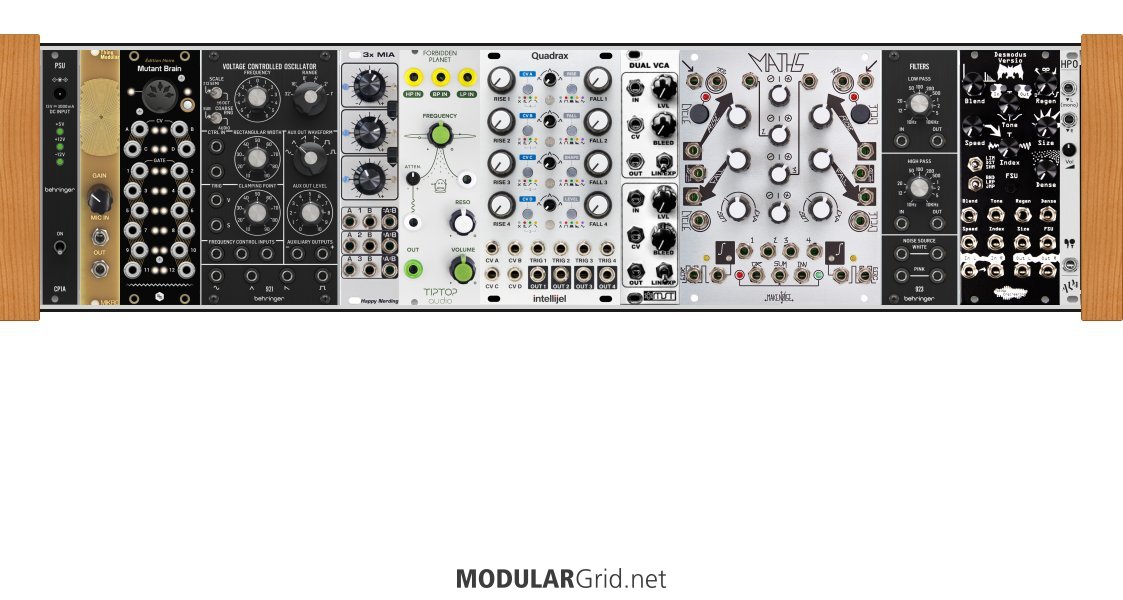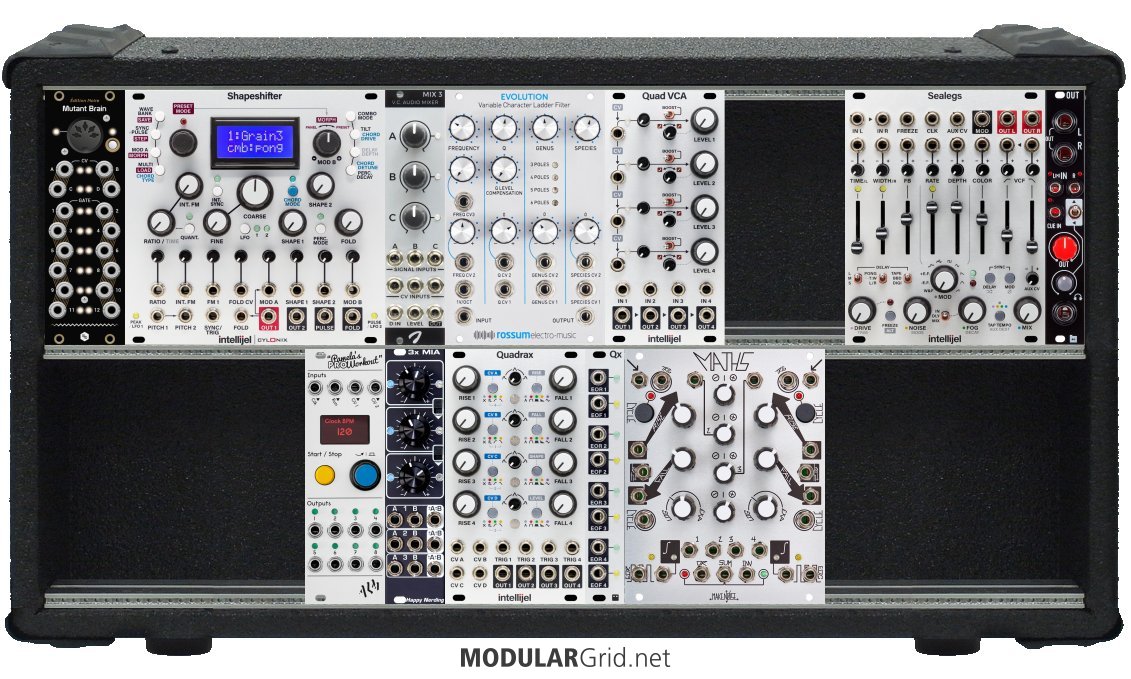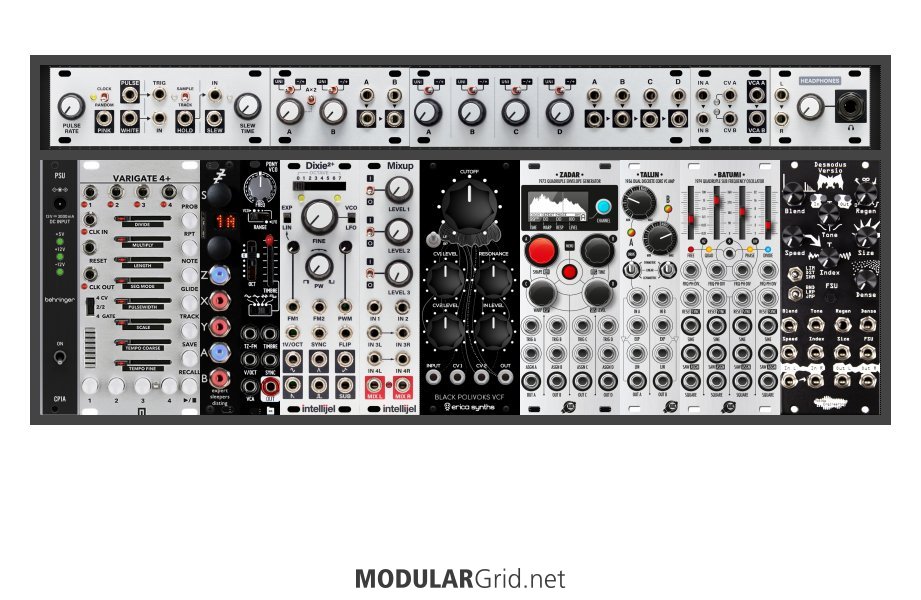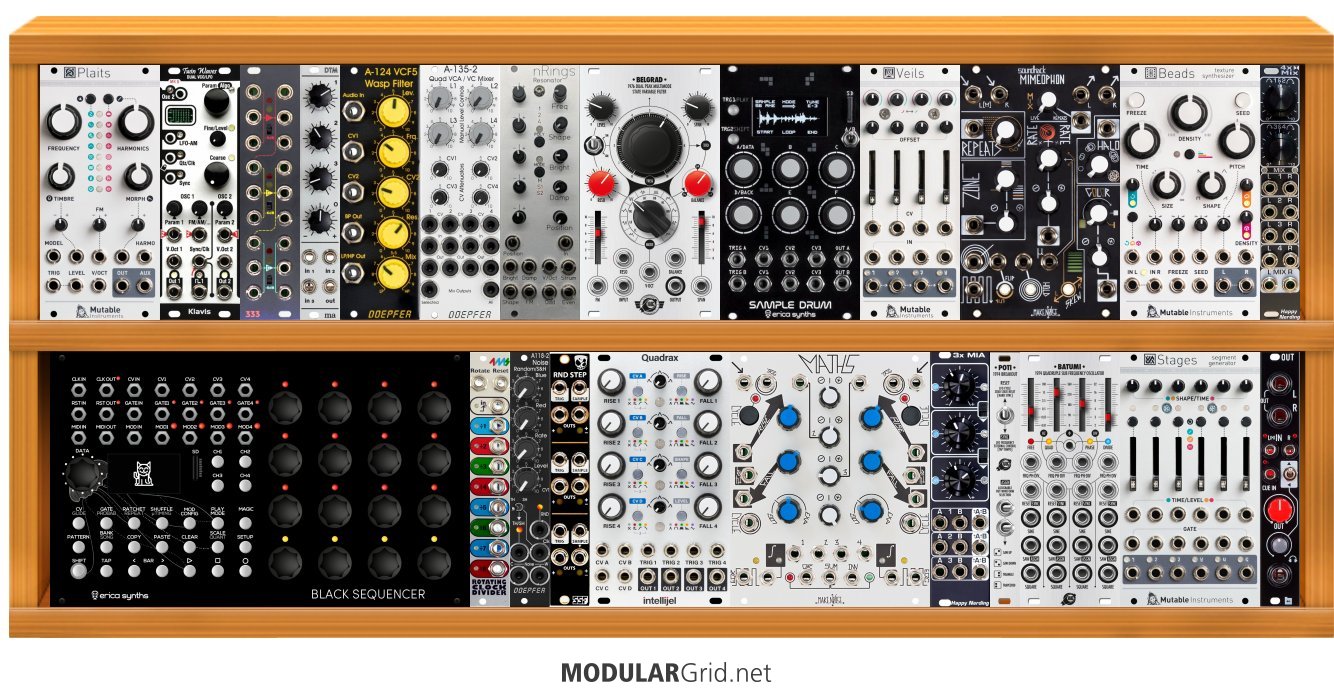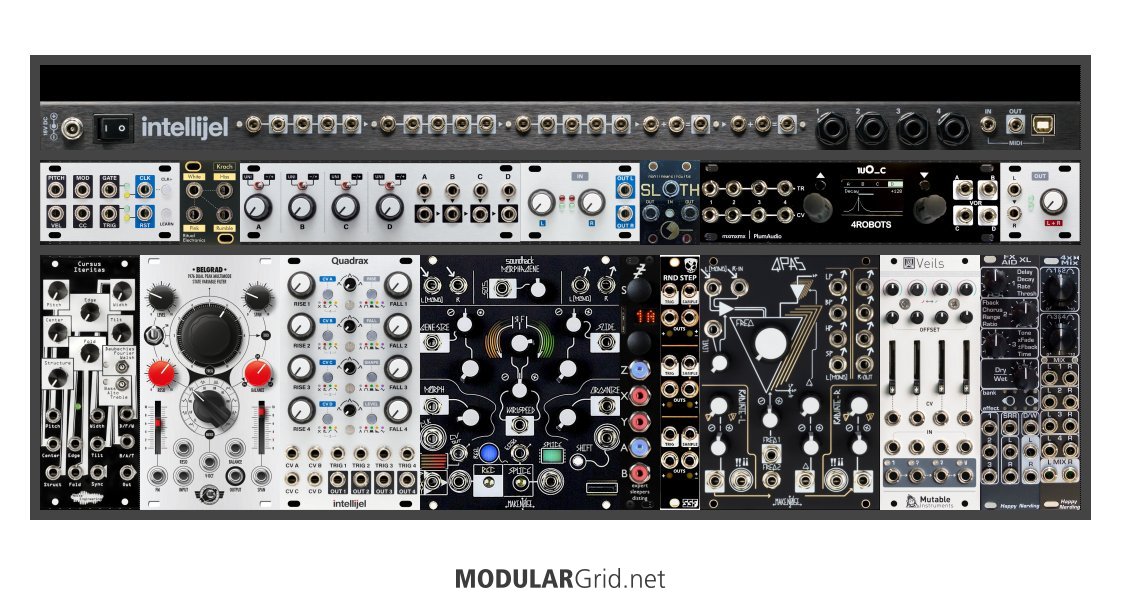Hey @Lugia, thanks for taking the time to poke at the rack!
My thought on the 333 was to have both a buffered mult and unity mixer if wanting to use both Plaits and Twin Waves together for the same voice. That was also the purpose of having the DTM directly after that, but it only has three inputs, hence the 333 before that if wanting to use all five outputs from the Plaits and Twin Waves. It did feel a bit large at 6HP for that purpose though. I could have easily accomplished that in 4HP, or just had a second 4HP mixer and a buff mult at 2HP.
I agree, a Steppy would be better than the RCD, but yeah, not enough space. Glad to still have the Fractio Solum in there though to use with the Doepfer S&H and to sync the Mimeophon.
VCAs without attenuators have always seemed odd to me, as I always want to attenuate the CV signal. I do understand it's nice when space is limited. How do you typically use them? Do you generally attenuate before with a different module (like with the 321 and Maths, in this particular rack), or just use the full raw CV in some cases (which always feel too crazy for me)?
Definitely digging the addition of the PWR Checker and Qx.
Thanks again for the reply!
-Chace


